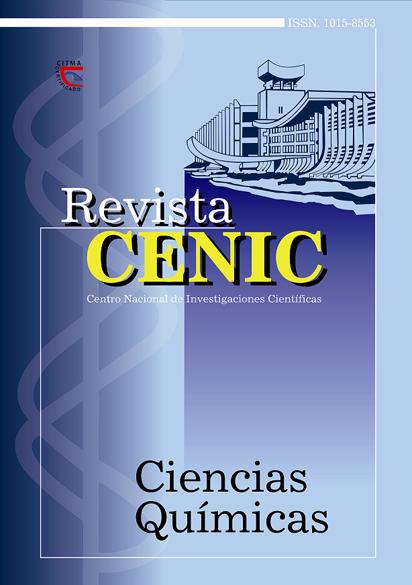Deterministic and stochastic methods applied to the study of microporous materials
Abstract
Novel materials have been intensively studied via computational methods in the last twenty years. The molecular
dynamics technique (a determinist method) and the Monte Carlo technique (a stochastic method), have been two very important
tools to achieve several physical-chemistry processes on microporous materials with nanometric dimensions. The molecular
dynamics has made possible to investigate adsorption and diffusion of molecular species inside the porous and, the determination
of diffusivities and characteristic diffusion’s regimes. On the other hand, the Monte Carlo methods have been made possible
the estimation of these properties through ramdom sampling and selection. Overall, the application of both methods leads to
the calculation of different physical-chemistry parameters (e.g. the adsorption energy, diffusion coefficients and permeabilties)
and, via the molecular dynamics method, to obtain evidences about the unit cell symmetry. In this paper, it is presented a state
of the art about the mentioned methods. The authors have stressed on the physical and computational basis of these methods
and the applications of them in the determination of the structural properties of materials, particularly, in microporous materials
of zeolite type. Finally, we present a review of the simulation’s results obtained in this field by the authors. These results show
the potentiality of the computational methods to understand physical chemical processes in microporous materials

Downloads
Published
How to Cite
Issue
Section
License

This work is licensed under a Creative Commons Attribution-NonCommercial-ShareAlike 4.0 International License.
Los autores que publican en esta revista están de acuerdo con los siguientes términos:
Los autores conservan los derechos de autor y garantizan a la revista el derecho de ser la primera publicación del trabajo al igual que licenciado bajo una Creative Commons Atribución-NoComercial-CompartirIgual 4.0 que permite a otros compartir el trabajo con un reconocimiento de la autoría del trabajo y la publicación inicial en esta revista.
Los autores pueden establecer por separado acuerdos adicionales para la distribución no exclusiva de la versión de la obra publicada en la revista (por ejemplo, situarlo en un repositorio institucional o publicarlo en un libro), con un reconocimiento de su publicación inicial en esta revista.
Se permite y se anima a los autores a difundir sus trabajos electrónicamente (por ejemplo, en repositorios institucionales o en su propio sitio web) antes y durante el proceso de envío, ya que puede dar lugar a intercambios productivos, así como a una citación más temprana y mayor de los trabajos publicados (Véase The Effect of Open Access) (en inglés).













